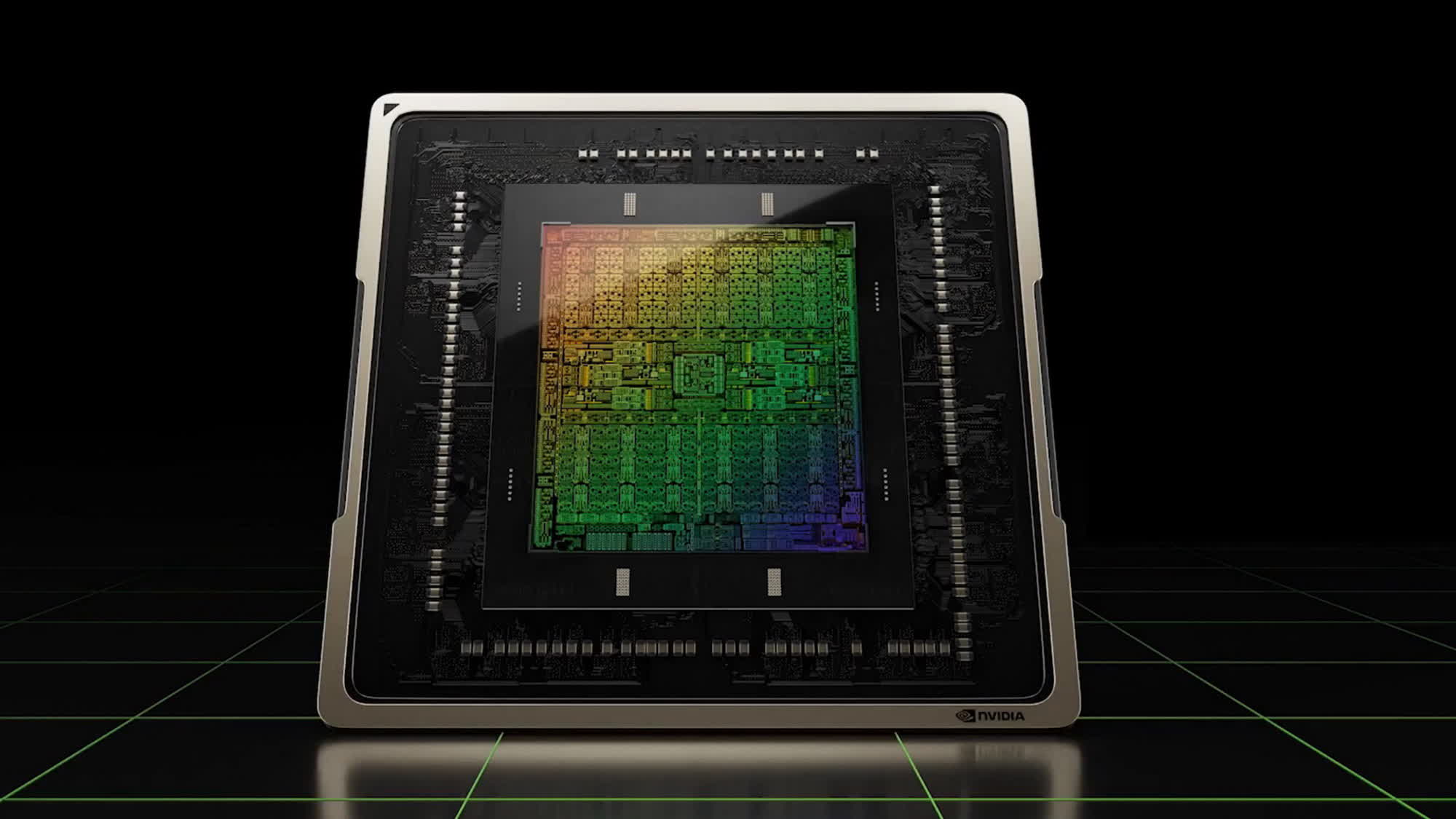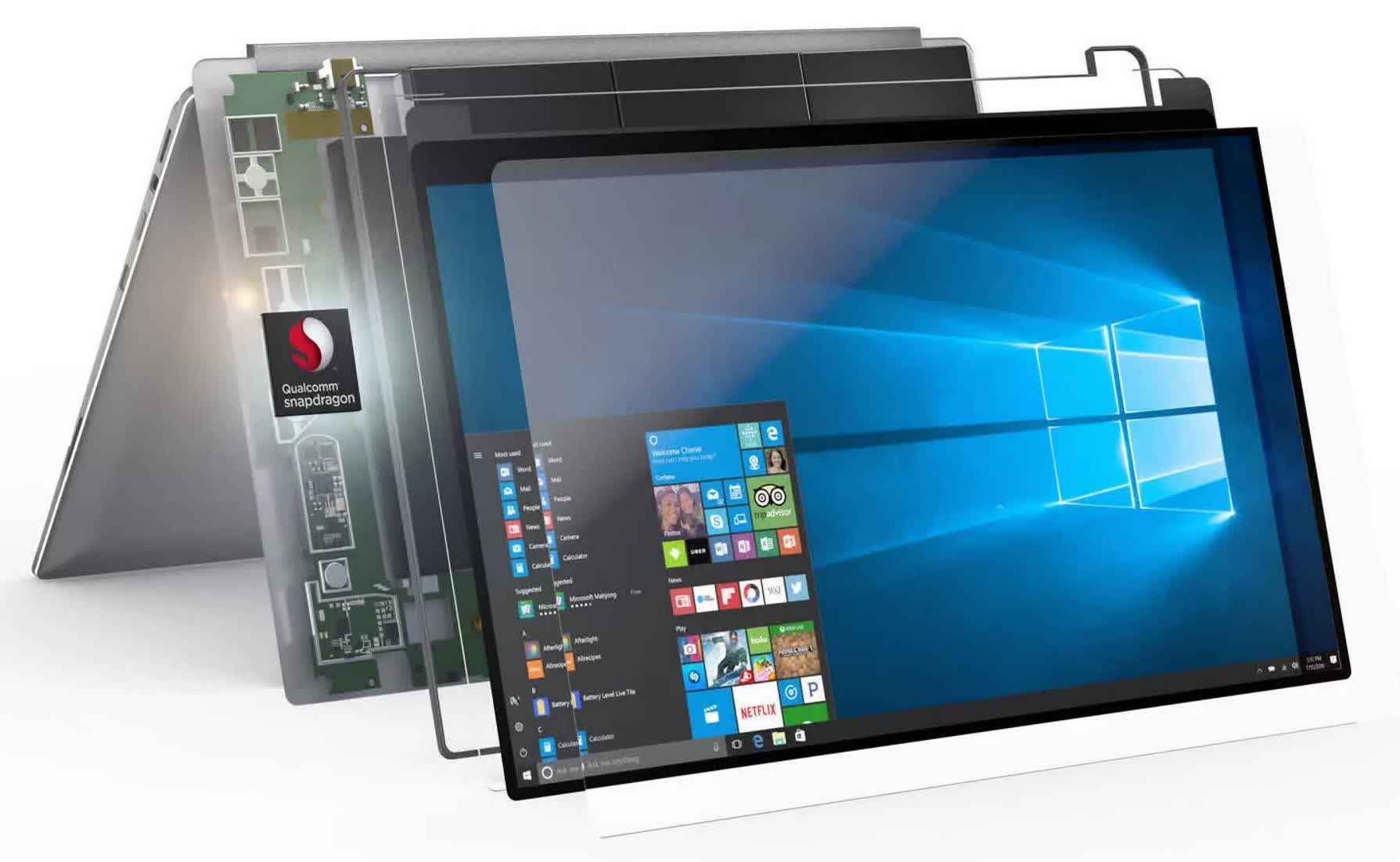Still waiting: Once upon a time, Nvidia set out to revolutionize the PC industry with its own gaming machine powered by an Arm-based CPU and a built-in GeForce GPU. But years later, that revolution has yet to arrive – most games still depend on x86 CPUs and require a dedicated graphics card to run at their best.

Taiwanese outlet United Daily News recently reported fresh rumors about the AI PC that Nvidia is allegedly developing to shake up the gaming market. According to unnamed industry insiders, the GPU giant is collaborating with Dell's Alienware to create a new gaming laptop powered by a custom APU – one reportedly powerful enough to alarm Intel, AMD, and other players in the emerging Arm PC space.
The APU is said to feature a custom CPU component designed by MediaTek and a GPU based on Nvidia's own Blackwell architecture. The Alienware Arm laptop is expected to launch in the fourth quarter of 2025, or early 2026 at the latest. Earlier rumors revealed additional details about the chip, suggesting a power envelope between 80W and 120W.
Despite the reduced power draw, the rumored APU is expected to deliver performance comparable to the notebook variant of the GeForce RTX 4070. Taiwanese sources have described the new chip as a potential breakthrough for the PC industry – a unified computing solution that could upend the traditional model of separate CPU and GPU components in portable systems.

However, there are still a lot of "ifs" in this story. Arm processors are traditionally viewed as significantly more energy-efficient than x86 CPUs. Microsoft and Qualcomm have tried to leverage this advantage with their Snapdragon X Pro and Elite processors, yet only a small fraction of customers have actually adopted these systems so far.
Despite challenging market conditions, Qualcomm remains committed to investing in the PC business. The company is reportedly working on the Snapdragon X Elite 2 processor, which could power new liquid-cooled gaming desktops in the not-too-distant future.
Rumors about Nvidia's entry into the PC gaming market began circulating in 2023. More recently, CEO Jensen Huang confirmed that the company has "plans" for an Arm-based desktop CPU. Dell CEO Michael Dell added fuel to the speculation in 2024, suggesting that more concrete details about the project may emerge in 2025.
Nvidia's mythical Arm gaming laptop may finally arrive in partnership with Alienware